WHAT IS A DUST BATH?
Chickens care for their feathers and skin by digging shallow ditches in soil, mulch, sand, even pine shavings, then tossing it onto themselves. The dirt coats their feathers and settles next to their skin, absorbing excess moisture and oil. It also serves to repel parasites that could set up housekeeping among the feathers, causing skin and feather damage, irritation, weight loss and interfere with egg production and fertility. Dust baths also serve as a recreational activity, a social event and exercise- think of it as chicken yoga! In hot weather, a chicken digs down into the ground to rest in cooler soil to lower its body temperature.
At the end of a dust bath, the dirt is shaken off and the chicken proceeds to preen and groom its feathers back into place.
Post dust bath shake-out
Synchronized preening
From a very early age, chickens enjoy tossing bedding up into their feathers and settling down into the shallow ditches they have made. Baby chicks appreciate a sand box for this purpose, but will dust-bathe in pine shavings if sand is not made available.
This is a baby quail.
Quail enjoy dust baths as much as chickens!
Mulch beds are a favorite dust bathing location for my chickens
DUST-BATHING AREAS
When I was a new chicken-keeper, my chickens were confined to the run, which consisted of clay-laden earth that was much too dense for an enjoyable dust bath. I had read different suggestions for concocting dust baths that ran the gamut from sand to fireplace ash, road debris, food grade diatomaceous earth and garden powder, but none of those additives are necessary and some are dangerous. Wood ash becomes lye when wet. Road debris often contains salt and petroleum products and food grade diatomaceous earth is a hazard in a variety of ways to chicken health and human health. (read about them here) I recommend plain construction grade sand or clean, dry dirt from the chicken yard. The truth is: dirt or sand perform all of the functions chickens require of a dust bath- there is no need for additives. I use sand on the floor of my chicken runs and for litter in all of my coops and the chickens dust-bathe in all seasons and weather conditions.
ABOUT DIATOMACEOUS EARTH
I am often asked about the utility and safety of food grade, diatomaceous earth (DE) in dust bath areas. Not only is it unnecessary, it is unhealthy for chickens, humans and the environment. For a closer look at the hazards of DE, read these articles: here and here. I do not recommend the use of DE around chickens for any purpose.
Winter dust bath in the sand, under the coop. As long as the sand stays dry it will remain loose and good for dust-bathing all year
Thank goodness for that third eyelid!
Kathy Shea Mormino
Affectionately known internationally as The Chicken Chick®, Kathy Shea Mormino shares a fun-loving, informative style to raising backyard chickens. …Read on


shop my SPONSORS
WHAT IS A DUST BATH?
Chickens care for their feathers and skin by digging shallow ditches in soil, mulch, sand, even pine shavings, then tossing it onto themselves. The dirt coats their feathers and settles next to their skin, absorbing excess moisture and oil. It also serves to repel parasites that could set up housekeeping among the feathers, causing skin and feather damage, irritation, weight loss and interfere with egg production and fertility. Dust baths also serve as a recreational activity, a social event and exercise- think of it as chicken yoga! In hot weather, a chicken digs down into the ground to rest in cooler soil to lower its body temperature.
At the end of a dust bath, the dirt is shaken off and the chicken proceeds to preen and groom its feathers back into place.
Post dust bath shake-out
Synchronized preening
From a very early age, chickens enjoy tossing bedding up into their feathers and settling down into the shallow ditches they have made. Baby chicks appreciate a sand box for this purpose, but will dust-bathe in pine shavings if sand is not made available.
This is a baby quail.
Quail enjoy dust baths as much as chickens!
Mulch beds are a favorite dust bathing location for my chickens
DUST-BATHING AREAS
When I was a new chicken-keeper, my chickens were confined to the run, which consisted of clay-laden earth that was much too dense for an enjoyable dust bath. I had read different suggestions for concocting dust baths that ran the gamut from sand to fireplace ash, road debris, food grade diatomaceous earth and garden powder, but none of those additives are necessary and some are dangerous. Wood ash becomes lye when wet. Road debris often contains salt and petroleum products and food grade diatomaceous earth is a hazard in a variety of ways to chicken health and human health. (read about them here) I recommend plain construction grade sand or clean, dry dirt from the chicken yard. The truth is: dirt or sand perform all of the functions chickens require of a dust bath- there is no need for additives. I use sand on the floor of my chicken runs and for litter in all of my coops and the chickens dust-bathe in all seasons and weather conditions.
ABOUT DIATOMACEOUS EARTH
I am often asked about the utility and safety of food grade, diatomaceous earth (DE) in dust bath areas. Not only is it unnecessary, it is unhealthy for chickens, humans and the environment. For a closer look at the hazards of DE, read these articles: here and here. I do not recommend the use of DE around chickens for any purpose.
Winter dust bath in the sand, under the coop. As long as the sand stays dry it will remain loose and good for dust-bathing all year
Thank goodness for that third eyelid!



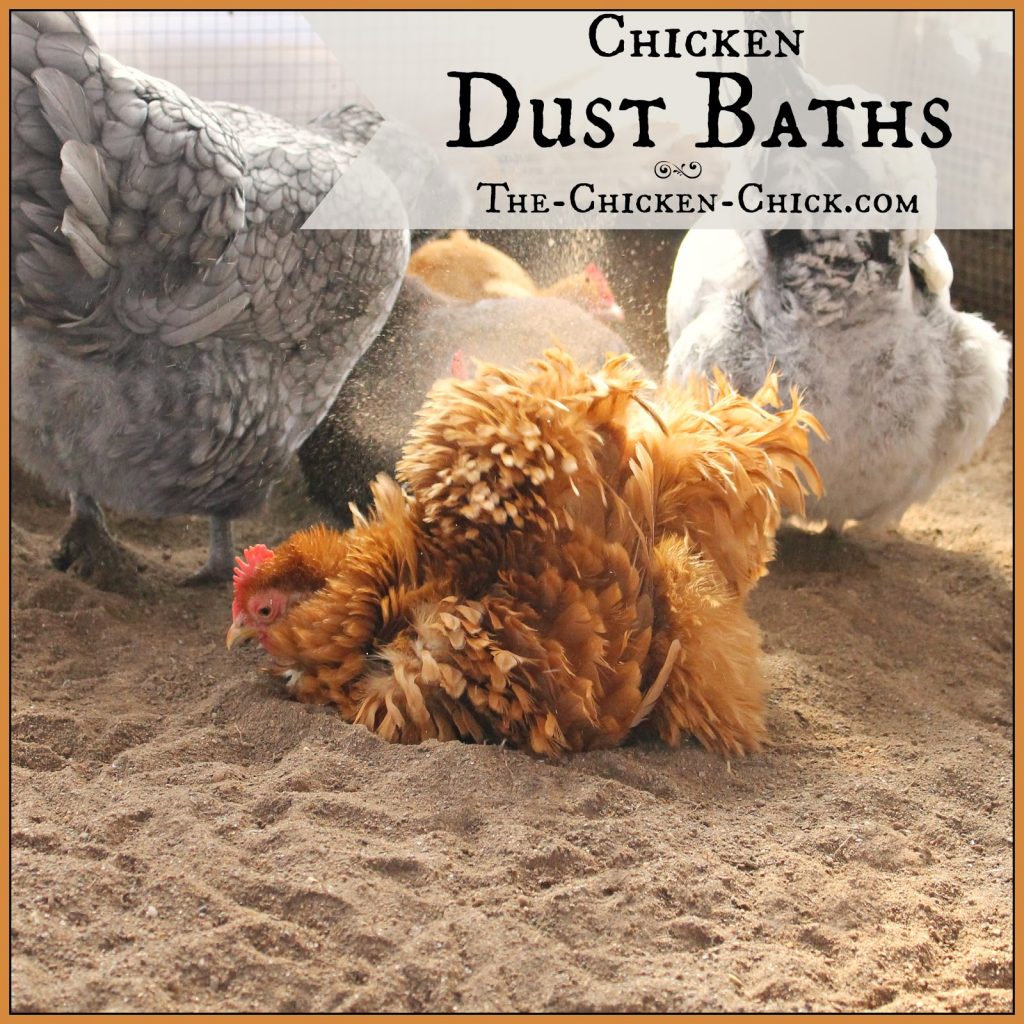
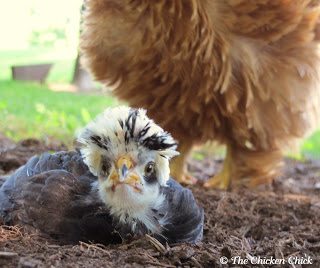
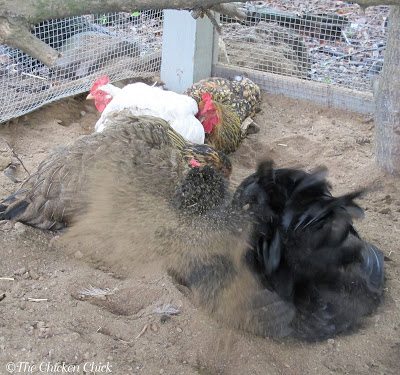
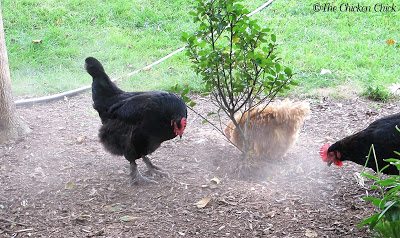
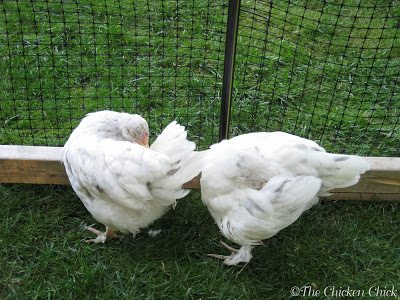
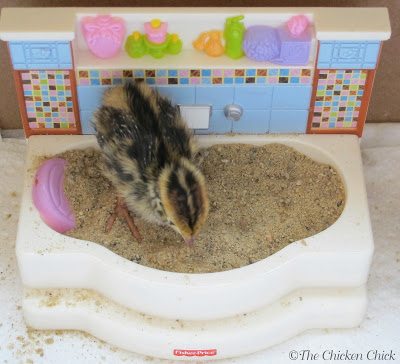
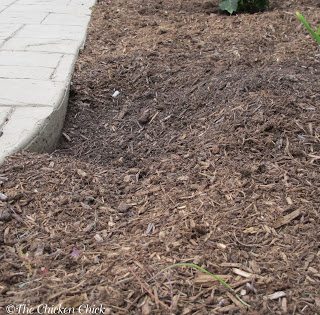
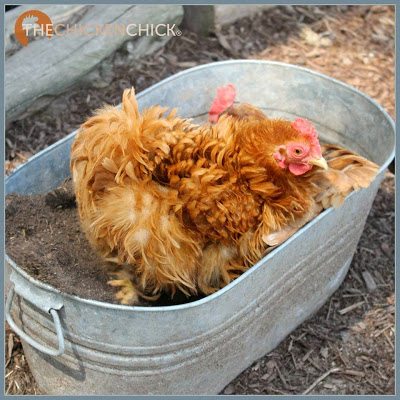
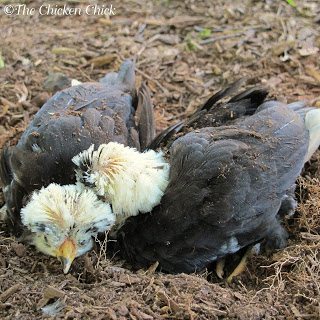
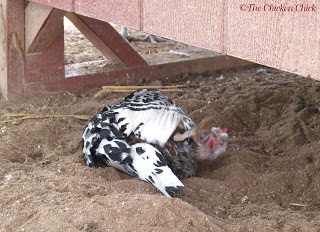
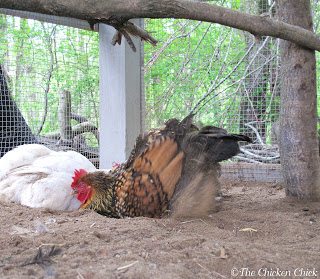













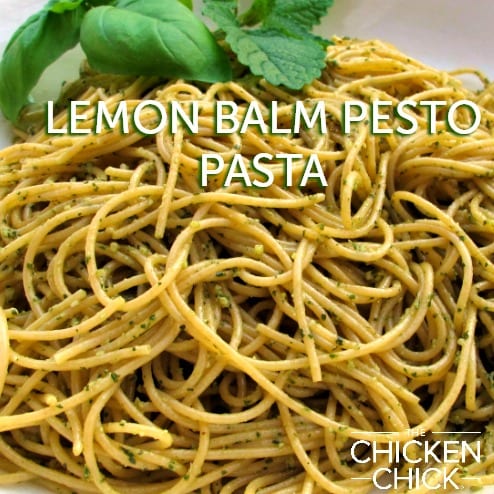
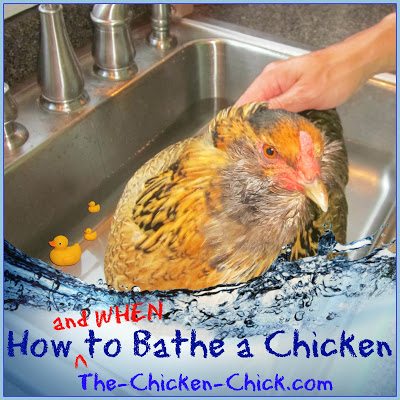
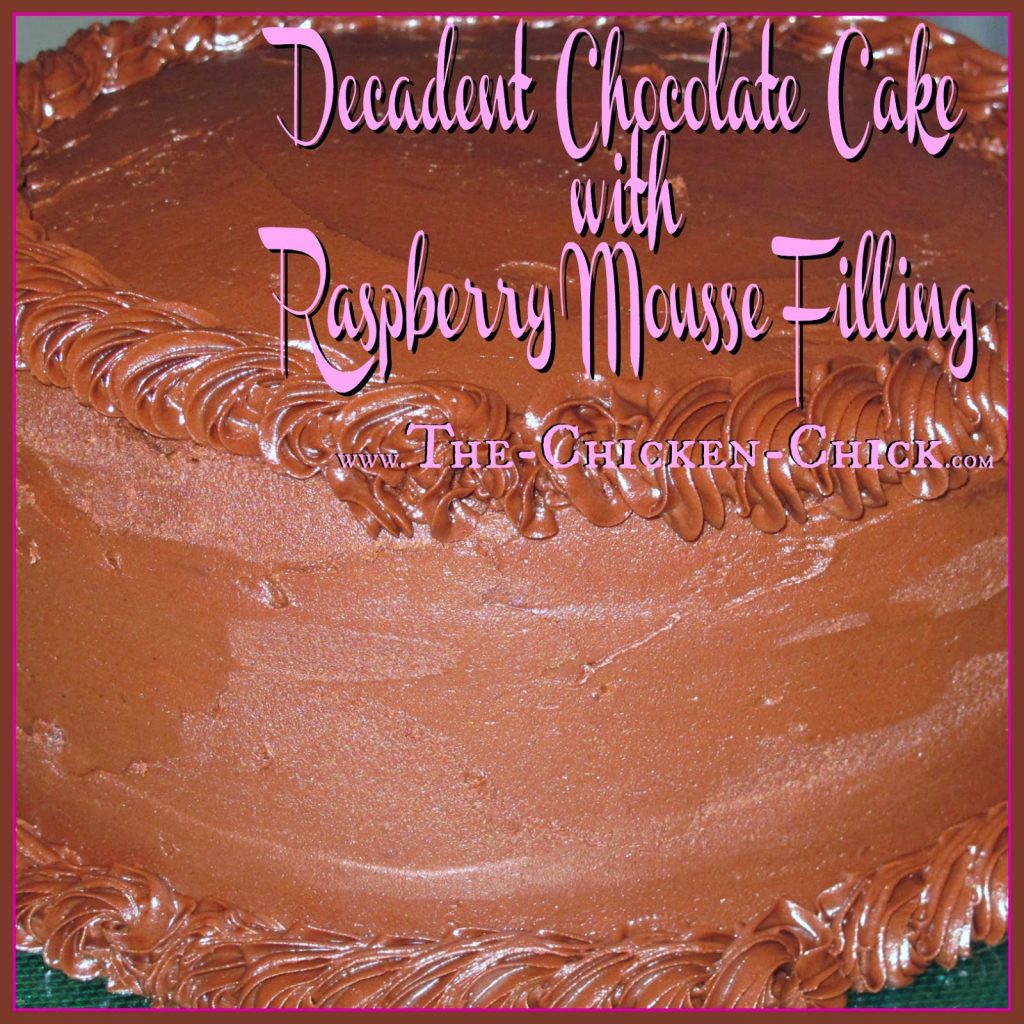






Olá Kathy!
Primeiramente obrigada por acessar meu blog "tricoteiras sem fronteiras" foi uma alegria recebê-la.
Suas fotos, são muito bem feitas. Suas galinhas são muito lindas!
Seu trabalho é incrível, parabéns!
Eu adoro fotografar estas aves elas tem uma fotogênia inata.
Abraço,
judy
http://tricoteirassemfronteiras.blogspot.com.br
Thanks Karen!
Even though it is January, here in northern MN my girls have found scratchable dirt under the fallen needles in a row of pine trees. The area conveniently also faces south, and gets quite a bit of sun. They are over there, every day, bathing, snuggling together, and enjoying the relative warmth of the sun!
Thanks for this informative post. I always love your photos!
That quail chick looks like a guinea keet. Love its little bath tub! I love watching our hens take dust baths, too.